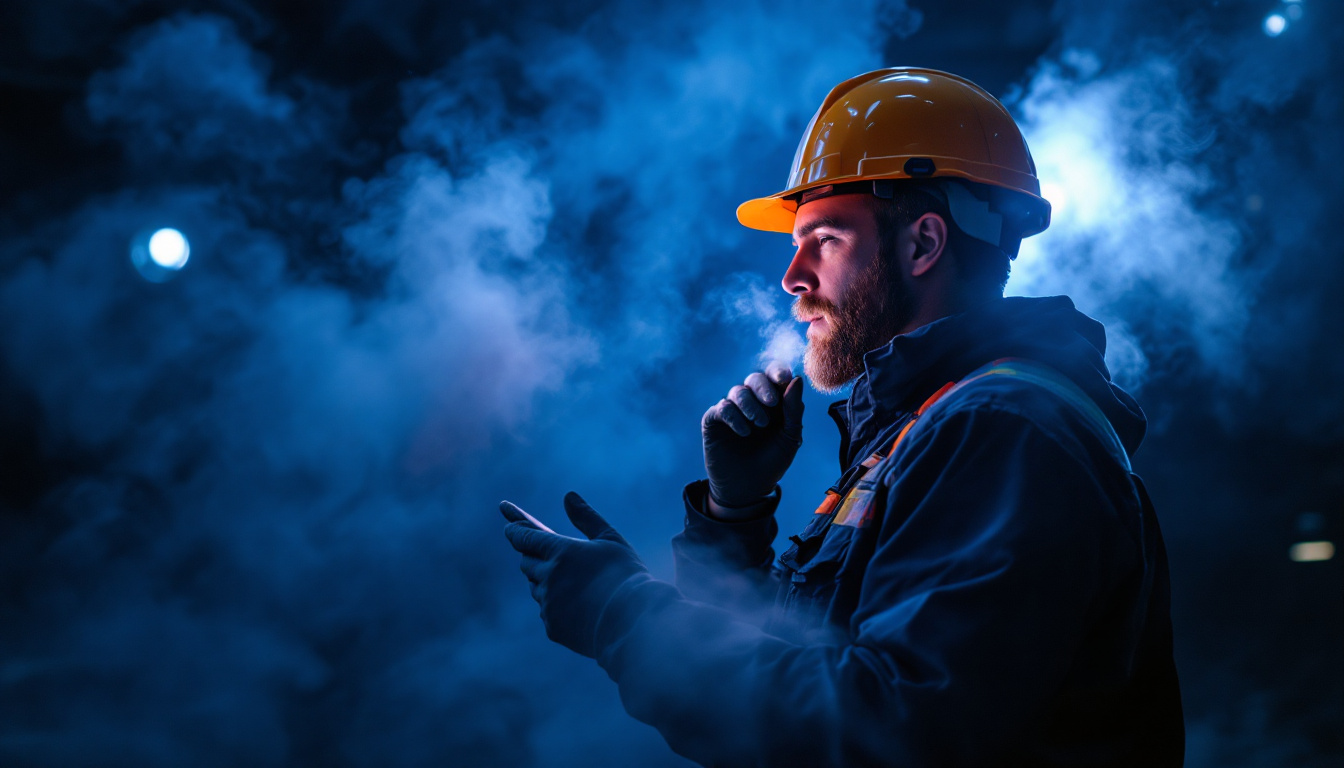
In the world of lighting design and installation, understanding the various environmental factors that can impact a project is crucial. One such factor is the phenomenon known as “mount vapor.” This article delves into the science behind mount vapor, its implications for lighting contractors, and how to effectively manage it during projects.
Mount vapor refers to the condensation of water vapor that occurs in specific atmospheric conditions, often observed in mountainous regions. This phenomenon can significantly affect visibility and lighting conditions, making it essential for lighting contractors to understand its implications. The interplay of temperature and humidity in these elevated areas creates a unique microclimate, where mount vapor can form unexpectedly, leading to sudden changes in environmental conditions.
When warm, moist air rises and cools, it can lead to the formation of clouds or fog, which is essentially mount vapor. This can create challenges for lighting installations, especially in outdoor settings where visibility is paramount. Understanding the conditions that lead to mount vapor formation can help contractors anticipate and mitigate its effects. The presence of mount vapor not only complicates lighting projects but can also influence other aspects of construction and outdoor activities, such as hiking and driving, emphasizing the need for comprehensive planning and safety measures.
Mount vapor typically forms under specific meteorological conditions. When air is forced to rise over a mountain range, it cools adiabatically, leading to condensation. This process is influenced by several factors, including temperature, humidity, and wind patterns. For instance, the orographic lift caused by mountains can create localized weather systems that differ significantly from the surrounding areas, resulting in the frequent occurrence of mount vapor.
Contractors should pay close attention to local weather patterns, especially in regions prone to high humidity and rapid temperature changes. Understanding these conditions can aid in planning projects, ensuring that lighting systems are designed to function optimally despite the presence of mount vapor. Additionally, incorporating weather forecasting tools and historical climate data into project planning can provide valuable insights, allowing contractors to make informed decisions about the timing and methods of installation.
The presence of mount vapor can significantly reduce visibility, which poses challenges for both installation and operation of lighting systems. In low-visibility conditions, lighting fixtures may not perform as intended, leading to safety concerns and potential project delays. This reduction in visibility can also affect the aesthetic appeal of the lighting design, as the intended ambiance may be lost in a thick fog.
Contractors must consider the placement and intensity of lighting fixtures in areas where mount vapor is likely to occur. This may involve using higher lumen outputs or adjusting the angle and direction of lights to ensure adequate illumination even in foggy conditions. Furthermore, utilizing specialized lighting technologies, such as fog lights or fixtures with adaptive brightness controls, can enhance performance in these challenging environments. By proactively addressing the challenges posed by mount vapor, contractors can ensure that their lighting solutions not only meet safety standards but also enhance the overall experience for users in these picturesque yet unpredictable landscapes.
Lighting contractors face several challenges when dealing with mount vapor. These challenges can affect the overall success of a project, making it essential to have a comprehensive understanding of the phenomenon and its implications.
When designing lighting systems for areas prone to mount vapor, several factors must be taken into account. The most critical consideration is the type and placement of fixtures. For instance, fixtures should be positioned to minimize light loss due to scattering in foggy conditions.
Additionally, the choice of lighting technology can impact performance. LED fixtures, for example, may offer better visibility in low-light conditions compared to traditional incandescent bulbs. Understanding the characteristics of different lighting technologies can help contractors make informed decisions that enhance project outcomes. Furthermore, the color temperature of the lighting can also play a significant role; warmer tones may penetrate fog more effectively, creating a more inviting atmosphere while ensuring safety.
The installation process itself can also be affected by mount vapor. Contractors may need to adjust their installation techniques to account for reduced visibility and potential safety hazards. Ensuring that all team members are equipped with appropriate safety gear and training is paramount.
Moreover, scheduling installations during times of lower humidity or clearer weather can mitigate some of the challenges posed by mount vapor. Planning ahead can lead to more efficient installations and reduce the likelihood of complications arising from adverse weather conditions. Additionally, utilizing advanced technology such as drones for site assessments can provide contractors with a clearer understanding of the installation environment, allowing for better preparation and execution. This innovative approach not only enhances safety but also improves the overall efficiency of the installation process, ensuring that projects are completed on time and to the highest standards.
While mount vapor presents challenges, there are several strategies that lighting contractors can employ to mitigate its effects. By being proactive and informed, contractors can enhance the success of their projects.
Incorporating advanced lighting technologies can significantly improve performance in mount vapor conditions. For example, adaptive lighting systems can automatically adjust brightness based on environmental conditions, ensuring optimal visibility regardless of the weather.
Smart lighting solutions, equipped with sensors that detect changes in visibility, can also enhance safety and efficiency. These systems can be programmed to increase illumination levels when fog or low visibility is detected, providing a dynamic response to changing conditions.
Regular maintenance of lighting fixtures is essential, especially in areas prone to mount vapor. Accumulation of moisture can lead to corrosion and reduced performance of lighting systems. Therefore, contractors should establish a routine inspection and maintenance schedule to ensure that all fixtures are functioning optimally.
Additionally, keeping fixtures clean and free from debris can enhance their performance in foggy conditions. This simple practice can make a significant difference in visibility and overall project success.
Examining real-world examples can provide valuable insights into how lighting contractors have successfully managed mount vapor in their projects. These case studies highlight the importance of planning, technology, and adaptability in overcoming challenges.
In a recent urban park lighting project, contractors faced significant challenges due to frequent mount vapor conditions. By utilizing high-lumen LED fixtures and strategically placing them at varying heights, they were able to enhance visibility and safety throughout the park.
Additionally, the team implemented smart lighting controls that adjusted brightness levels based on real-time weather data. This adaptive approach not only improved visibility during foggy conditions but also reduced energy consumption during clearer periods.
A mountain resort development project presented unique challenges due to its location in a region known for rapid weather changes. The contractors conducted extensive research on local weather patterns and designed a lighting system that incorporated both traditional and smart technologies.
The use of weather-resistant fixtures and regular maintenance schedules ensured that the lighting remained functional and effective, even during periods of heavy mount vapor. This proactive approach resulted in a successful project that met both aesthetic and safety requirements.
As the field of lighting continues to evolve, it is essential for contractors to stay informed about emerging trends and technologies that can impact their work. Environmental considerations are becoming increasingly important, and understanding how these factors intersect with phenomena like mount vapor will be crucial for future projects.
With a growing emphasis on sustainability, lighting contractors are increasingly adopting energy-efficient technologies that also address environmental concerns. LED lighting, for instance, not only provides better performance in adverse conditions but also reduces energy consumption and carbon footprint.
Contractors should consider incorporating sustainable practices into their projects, such as using renewable energy sources and selecting fixtures made from eco-friendly materials. This approach not only benefits the environment but can also enhance the contractor’s reputation and appeal to environmentally conscious clients.
The integration of smart technologies into lighting systems is a trend that is likely to continue. As the Internet of Things (IoT) becomes more prevalent, lighting contractors can leverage data and analytics to optimize performance and enhance user experience.
Smart sensors and controls can provide valuable insights into environmental conditions, allowing for real-time adjustments to lighting systems. This adaptability can be particularly beneficial in areas affected by mount vapor, ensuring that lighting remains effective and efficient under varying conditions.
Understanding mount vapor and its implications is essential for lighting contractors operating in affected regions. By comprehensively grasping the science behind this phenomenon, contractors can better prepare for the challenges it presents and implement effective strategies to mitigate its effects.
From design considerations to the integration of advanced technologies, there are numerous ways to enhance lighting performance in mount vapor conditions. By staying informed about emerging trends and adopting sustainable practices, lighting contractors can ensure that their projects are not only successful but also environmentally responsible.
Ultimately, a proactive approach to understanding and managing mount vapor will lead to safer, more efficient lighting installations that meet the needs of clients and communities alike.
As you navigate the complexities of mount vapor and its impact on your lighting projects, partner with LumenWholesale for a seamless solution. Our spec-grade lighting products not only meet the highest industry standards but also come at unbeatable wholesale prices, ensuring you can tackle any environmental challenge without breaking the bank. With free shipping on bulk orders, LumenWholesale is your go-to source for reliable, high-performance lighting that enhances safety and efficiency in any setting. Elevate your lighting installations today by visiting Wholesale Lighting at the Best Value and experience the perfect blend of quality, affordability, and convenience.
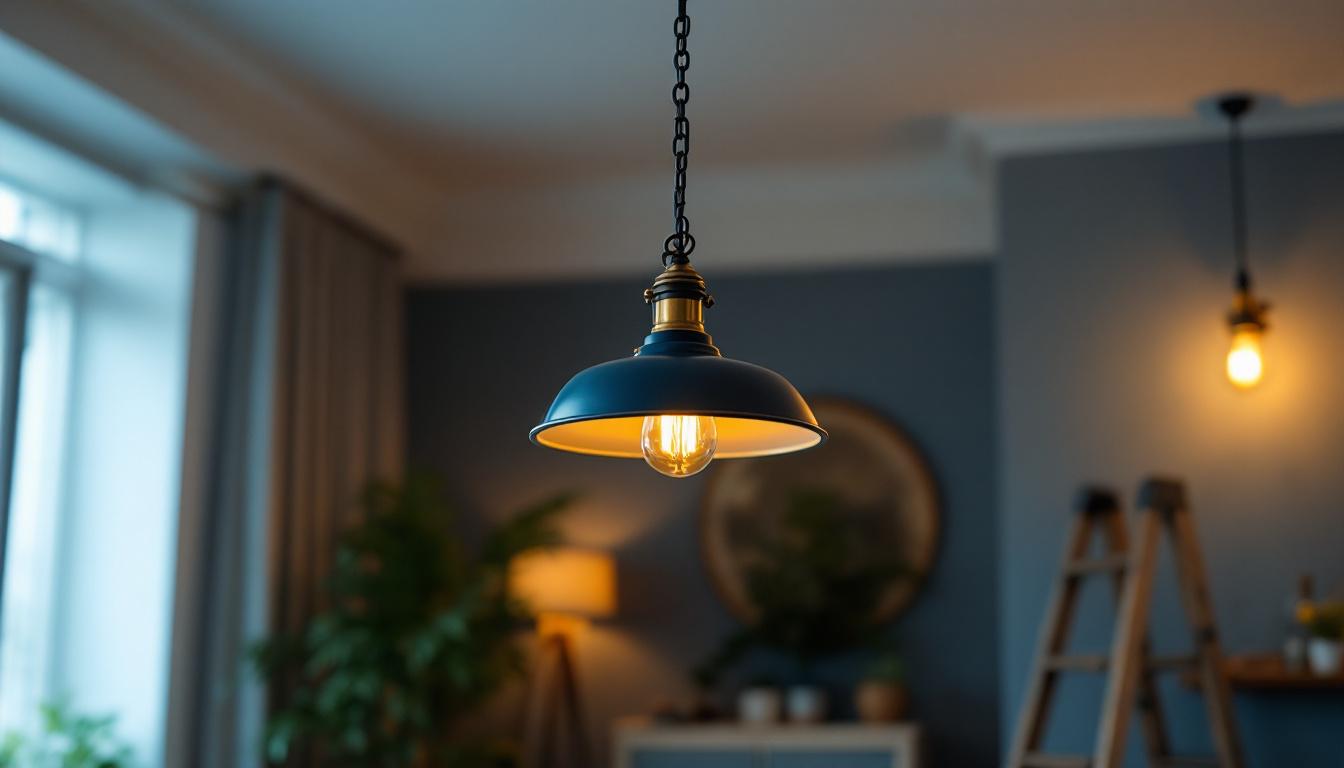
Discover how a light pendant with a chain can transform your lighting installation projects.
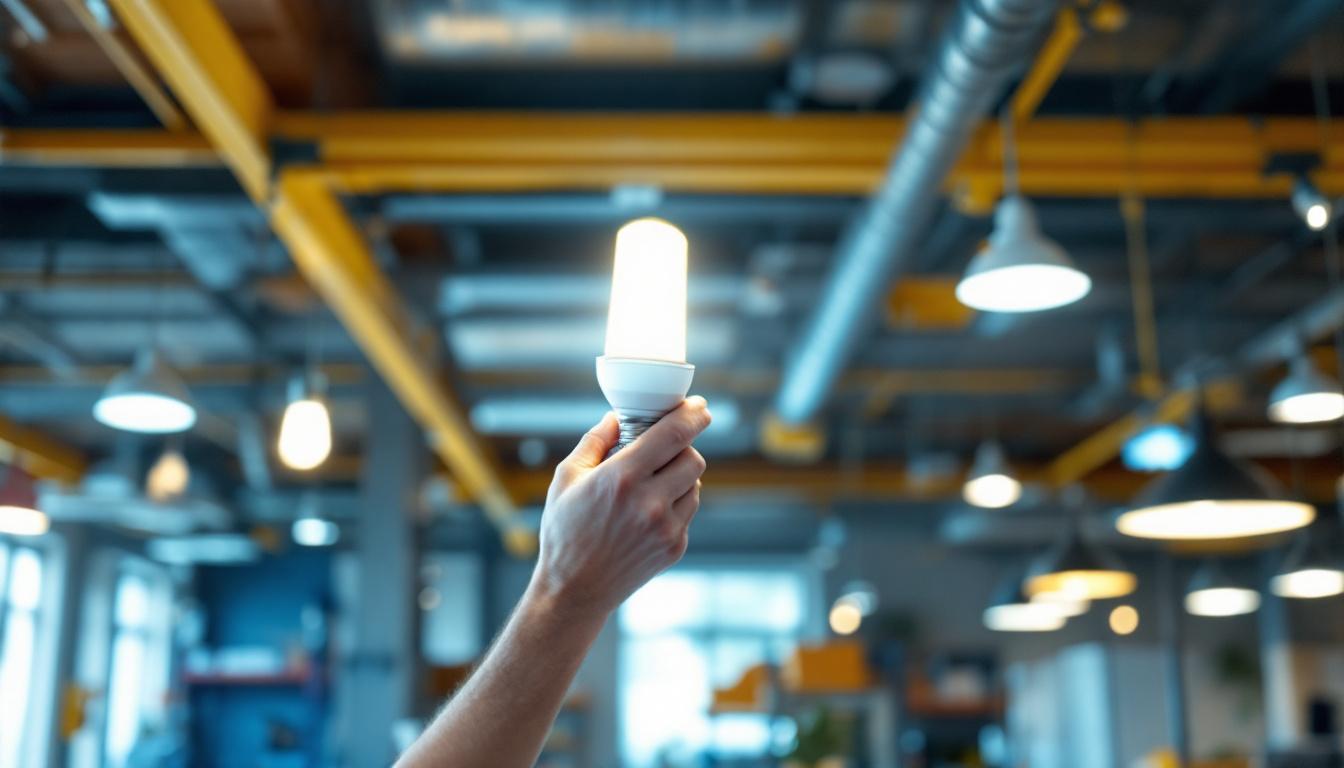
Discover how corn light bulbs are revolutionizing the lighting industry by offering unparalleled energy efficiency and longevity.
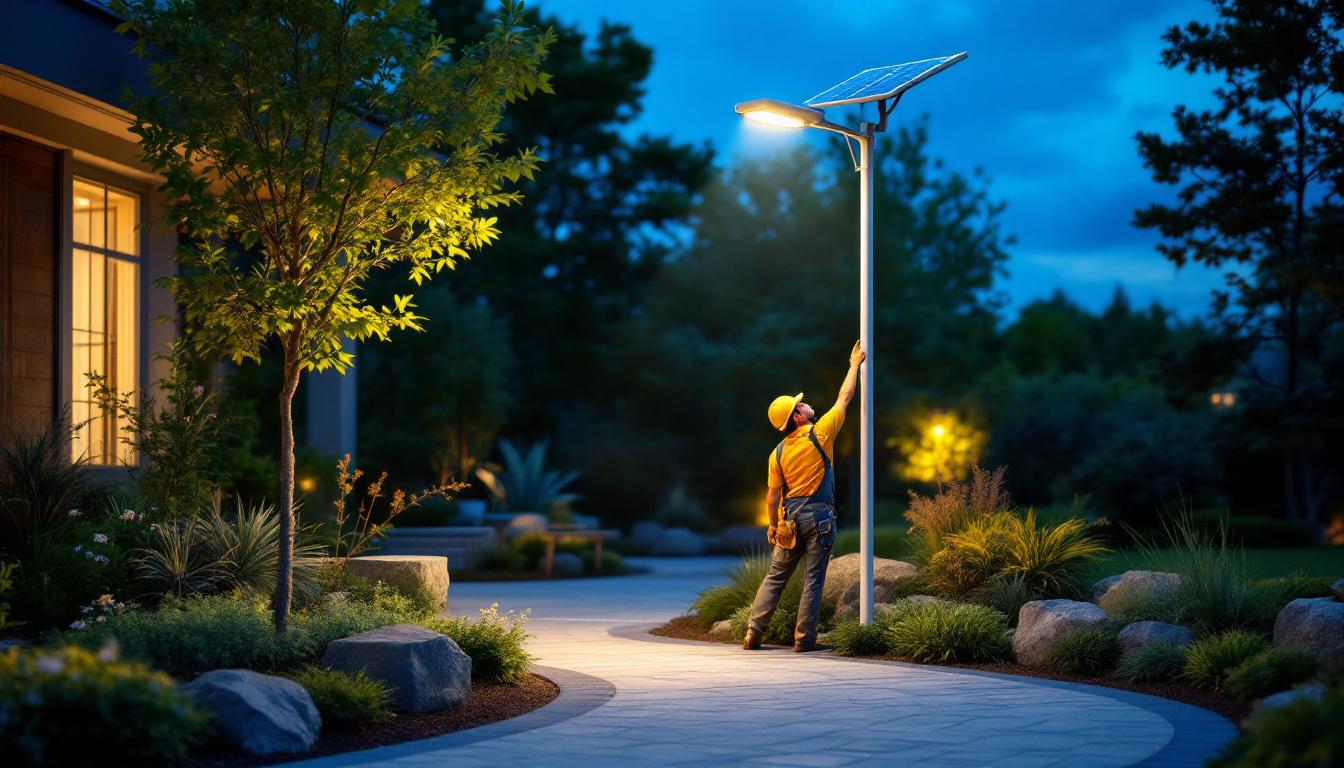
Discover how solar-powered pole lights are transforming outdoor spaces with real-world success stories from lighting contractors.
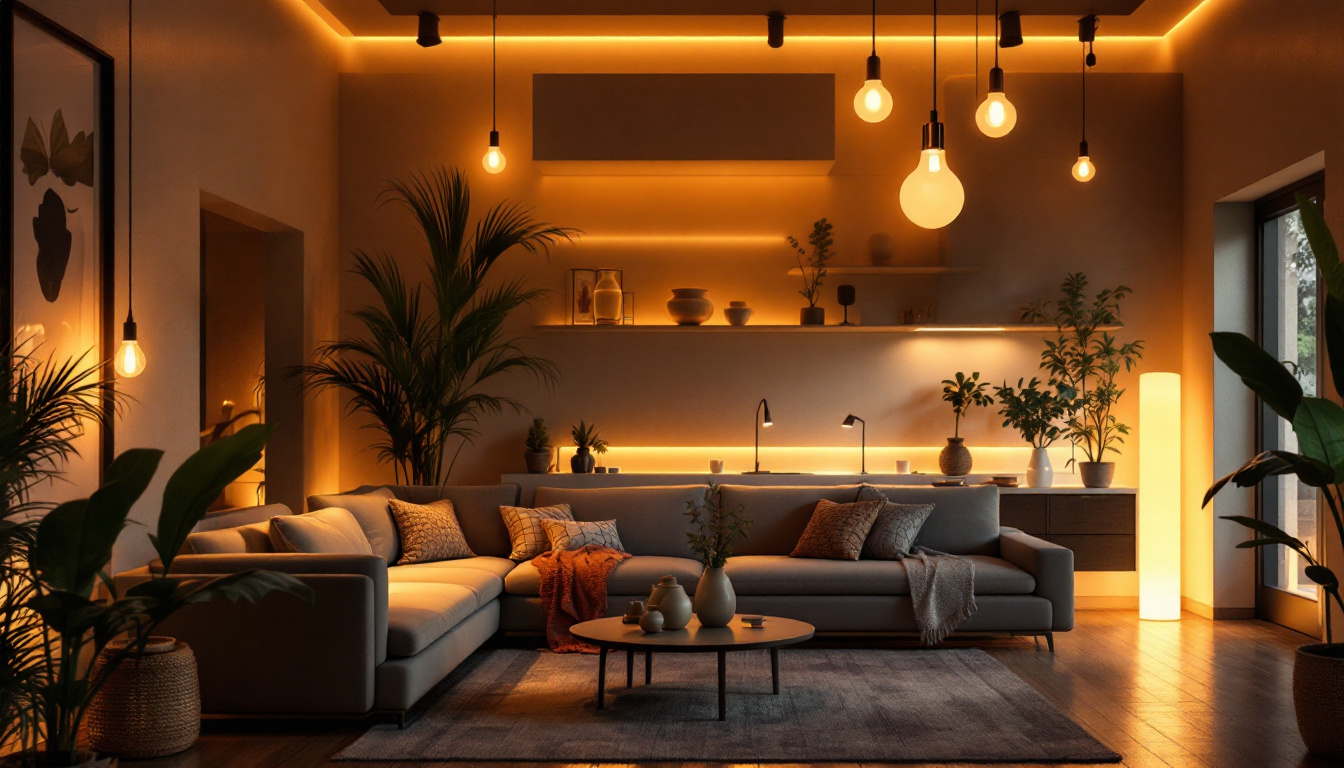
Discover how Type S bulbs can transform your lighting designs with their innovative features and energy efficiency.